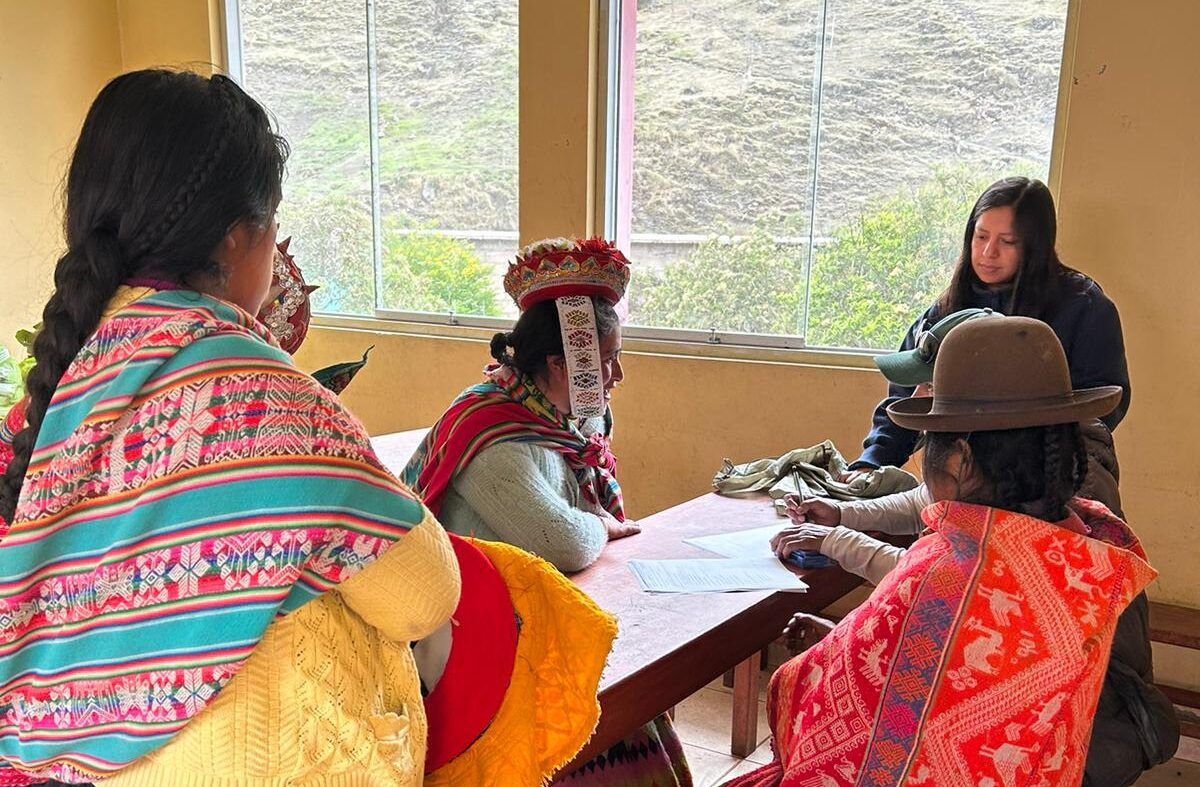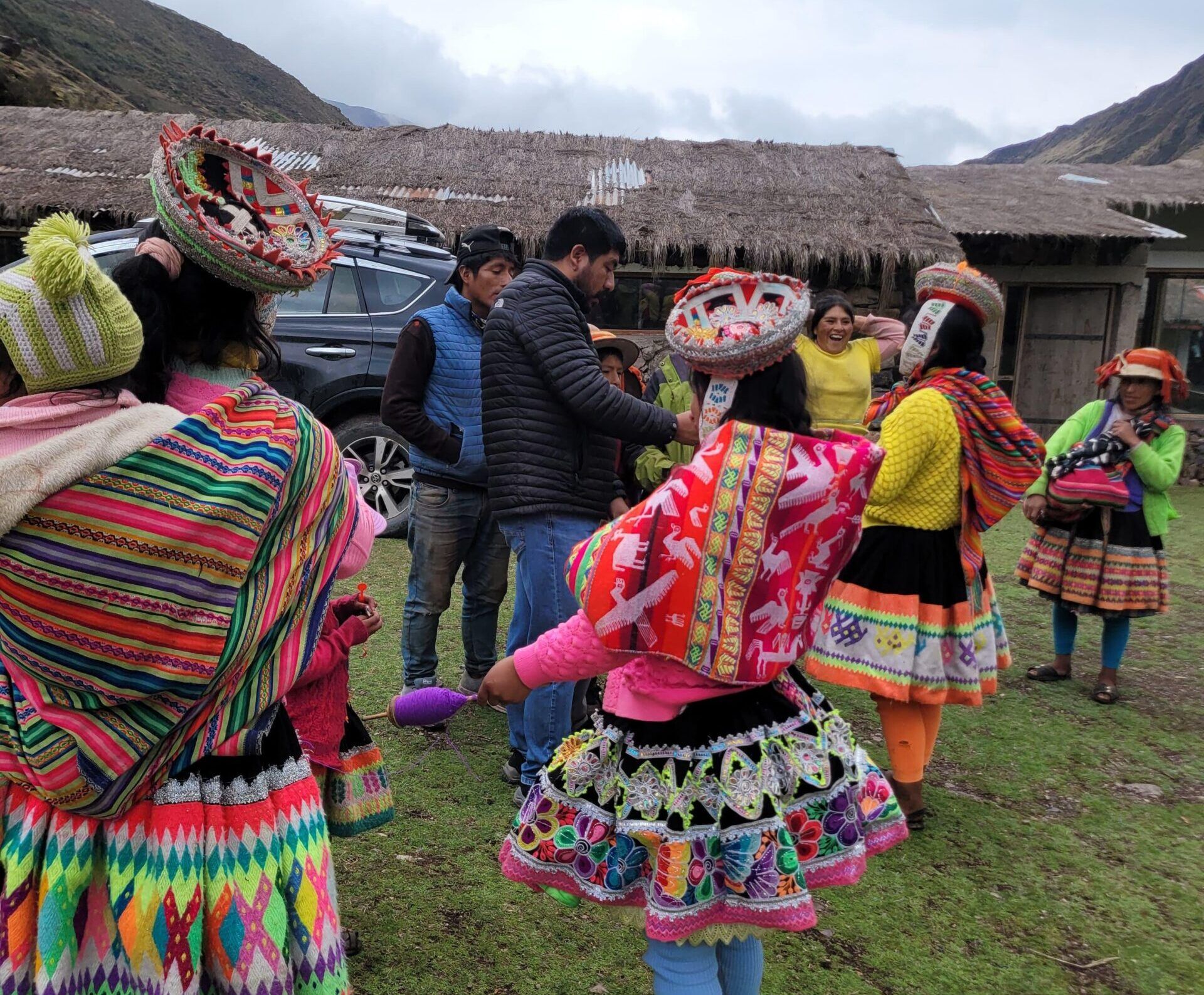
Array
(
[thumbnail] => https://s42831.pcdn.co/wp-content/uploads/2025/08/7a588d57-e693-4ec8-980c-39bb7f8aec19-e1756909128515-150x150.jpg.optimal.jpg
[thumbnail-width] => 150
[thumbnail-height] => 150
[medium] => https://s42831.pcdn.co/wp-content/uploads/2025/08/7a588d57-e693-4ec8-980c-39bb7f8aec19-e1756909128515-300x197.jpg.optimal.jpg
[medium-width] => 300
[medium-height] => 197
[medium_large] => https://s42831.pcdn.co/wp-content/uploads/2025/08/7a588d57-e693-4ec8-980c-39bb7f8aec19-e1756909128515-768x504.jpg.optimal.jpg
[medium_large-width] => 768
[medium_large-height] => 504
[large] => https://s42831.pcdn.co/wp-content/uploads/2025/08/7a588d57-e693-4ec8-980c-39bb7f8aec19-e1756909128515-1024x672.jpg.optimal.jpg
[large-width] => 1024
[large-height] => 672
[1536x1536] => https://s42831.pcdn.co/wp-content/uploads/2025/08/7a588d57-e693-4ec8-980c-39bb7f8aec19-1152x1536.jpg.optimal.jpg
[1536x1536-width] => 1152
[1536x1536-height] => 1536
[2048x2048] => https://s42831.pcdn.co/wp-content/uploads/2025/08/7a588d57-e693-4ec8-980c-39bb7f8aec19-e1756909128515.jpg.optimal.jpg
[2048x2048-width] => 1200
[2048x2048-height] => 787
[gform-image-choice-sm] => https://s42831.pcdn.co/wp-content/uploads/2025/08/7a588d57-e693-4ec8-980c-39bb7f8aec19-e1756909128515-300x300.jpg.optimal.jpg
[gform-image-choice-sm-width] => 300
[gform-image-choice-sm-height] => 300
[gform-image-choice-md] => https://s42831.pcdn.co/wp-content/uploads/2025/08/7a588d57-e693-4ec8-980c-39bb7f8aec19-e1756909128515-400x400.jpg.optimal.jpg
[gform-image-choice-md-width] => 400
[gform-image-choice-md-height] => 400
[gform-image-choice-lg] => https://s42831.pcdn.co/wp-content/uploads/2025/08/7a588d57-e693-4ec8-980c-39bb7f8aec19-e1756909128515-600x600.jpg.optimal.jpg
[gform-image-choice-lg-width] => 600
[gform-image-choice-lg-height] => 600
)
Building Capacity in Indigenous Communities in Rural Peru
Equitable Access to Healthcare Requires a Focus on People
This blog post is based off of the work Maya Koehn-Wu does related to her direct work in rural Peru with Sisters Project Peru, a nonprofit project dedicated to aiding the remote, Indigenous community of Huacahuasi in their self-determination to increase healthcare access and build a health clinic in the community.

Health, well-being, and gender equality were at the forefront of this year’s High-Level Political Forum (HLPF).[1] The failure to solve gender and health issues calls for a need to adapt and reform current approaches. Universal healthcare access requires nuanced, context-specific solution building, which can only be generated through co-creation and community-led participation. This requires rethinking top-down solutions, cursory participation, and building integrated processes rooted in grassroots collaboration.
Lack of Access to Adequate Healthcare is Faced Around the World
Globally, more than half of the world’s population still lacks access to basic healthcare, and within Latin America, that is 140 million people.[2] Across the continent, this is disproportionately felt by Indigenous populations who face particular structural barriers from geographic isolation and poverty to systemic marginalization.[3] Indigenous communities’ unique barriers to healthcare access are further compounded by poverty and gender, as lower-income populations and women face poorer health outcomes due to their limited educational, political, social, and economic resources.[4] For low-income Indigenous women this does not just mean not making it to a doctor’s office, but reduced reproductive health, shorter life expectancies, and high maternal and infant mortality rates.[5] It is important to note that men and queer individuals also encounter barriers, face social stigma, and confront exclusion.[6]
Building Gender-Specific Healthcare Access Requires People-Centered Participation
To ensure equity and inclusion of healthcare access, participatory processes, co-created solutions adapted to local contexts for Indigenous communities, and ensuring space for women and men are critical. The necessity of nuanced and gender-sensitive programming can be seen today in rural Peru. However, the government has limited knowledge of the day-to-day realities of the village. Huacahuasi, like in many other rural Indigenous communities, is shaped by socioeconomic and ethnic exclusion that manifests due to entrenched poverty, unaffordable transportation, and micronutrient deficiencies due to the high cost and inaccessibility of produce. Despite this, the people remain focused on constructing a health clinic—working in partnership with Sisters Project Peru (SPP), FNE International, and Yanapana Peru, to build capacity, fundraise, construct, and bring healthcare access to Huacahuasi. The landscape of Huacahuasi and Indigenous communities globally has been shaped by outsiders dropping off “one-stop-shop” solutions that often fail because they are not co-produced with the people they are for. This is highly apparent in Huacahuasi, where you see multiple abandoned Western-style houses that community members mostly disregard. Moving forward, ensuring the effectiveness of a Huacahuasi health clinic and provision of healthcare service delivery requires community collaboration and participation.
While Access to Healthcare is a Universal Need, Blanket Participation Approaches Does Not Work
For instance, at local assemblies, women often do not speak up, and their needs go unheard. Dora Quintana, a project partner and leader of local non profit organization Yanapana Peru, instead goes door-to-door and speaks with women directly about their needs. Through building trust and connection, women confide about the challenges they are facing, whether it is being dismissed by doctors, the higher levels of anemia among women and children, the preventable death of a child, or the pervasive alcoholism and domestic violence within the community. This information is integrated into the work of SPP, exemplifying how women are impacted differently by a lack of healthcare, and that well-meaning outsiders cannot address these issues alone.
Beyond Participation, Ensure that Solutions are Targeted, Intentional, and Sustainable
Gender-specific facilitators for increasing women’s access to healthcare include women’s support networks for managing household and childcare duties, encouraging women’s participation, giving legitimacy and visibility to women within their communities, and promoting women’s leadership.[7] Solutions must not only target gender-specific barriers, but also be embedded within larger governance systems to ensure inclusionary and participatory policy that is systemic, sustainable, and can continue long after project interventions. After four years of negotiation and persistent collaboration, SPP and its partners FNE International, Yanapana Peru, and Huacahuasi community leaders secured a written agreement with the Peruvian health ministry. The agreement states that after financing and constructing a health clinic in Huacahuasi, the clinic will be integrated into Peru’s public healthcare system. Building self-sufficiency goes beyond just integration with wider authorities. It will also mean supporting community members in pursuing an education to become health professionals so they can staff the Huacahuasi Health Clinic.
At the end of the day, systems-level change starts with grassroots co-creation.
Huacahuasi and SPP’s work emphasizes the critical importance of co-created, integrated solutions. As policymakers continue to tackle issues of health and gender at international fora through 2025, the story of Huacahuasi serves as a poignant reminder that healthcare solutions are not one-size-fits all—processes, projects, and people must adapt to provide deeply accessible healthcare. The collaborative work of SPP and Huacahuasi demonstrates how gender-sensitive interventions should be shaped. Whether in Huacahuasi or New York City, people-centered policymaking that centers people’s lived experiences and needs, can make for smarter policy and more successful health outcomes.
References
[1] “Expert Group Meetings for 2025 HLPF Thematic Review | Department of Economic and Social Affairs,” n.d., https://sdgs.un.org/HLPF/2025/ThematicReviewEGMs.
[2] “More Than 140 Million Denied Access to Health Care in Latin America and the Caribbean,” International Labour Organization, February 25, 2024, https://www.ilo.org/resource/news/more-140-million-denied-access-health-care-latin-america-and-caribbean.
[3] Arachu Castro, Virginia Savage, and Hannah Kaufman, “Assessing Equitable Care for Indigenous and Afrodescendant Women in Latin America,” Rev Panam Salud Publica, vol. 38, 2015, https://www.scielosp.org/pdf/rpsp/v38n2/v38n2a02.pdf; Mariana Garza and Lucía Abascal Miguel, “Health Disparities Among Indigenous Populations in Latin America: A Scoping Review,” International Journal for Equity in Health 24, no. 1 (April 30, 2025), https://doi.org/10.1186/s12939-025-02495-2.
[4] Natalia Houghton, Ernesto Bascolo, and Amalia Del Riego, “Socioeconomic Inequalities in Access Barriers to Seeking Health Services in Four Latin American Countries,” Revista Panamericana De Salud Pública 44 (March 4, 2020): 1, https://doi.org/10.26633/rpsp.2020.11.
[5] Castro, Savage, and Kaufman, “Assessing Equitable Care for Indigenous and Afrodescendant Women in Latin America,” Baltica Cabieses et al., “Intersections Between Gender Approaches, Migration and Health in Latin America and the Caribbean: A Discussion Based on a Scoping Review,” The Lancet Regional Health – Americas 40 (n.d.): 100538, https://doi.org/10.1016/j.lana.2023.100538.
[6] Laura Sofia Zuluaga et al., “Equitable Community Participation in Health Initiatives Among Indigenous Women in Latin America: A Systematic Review,” BMJ Innovations (April 23, 2025), bmjinnov-001282, https://doi.org/10.1136/bmjinnov-2024-001282.
[7] Laura Sofia Zuluaga et al., “Equitable Community Participation in Health Initiatives Among Indigenous Women in Latin America: A Systematic Review,” BMJ Innovations (April 23, 2025), bmjinnov-001282, https://doi.org/10.1136/bmjinnov-2024-001282.
Photos provided by the author.
Stay Connected
Subscribe to our newsletter and receive regular updates on our latest events, analysis, and resources.
"*" indicates required fields
